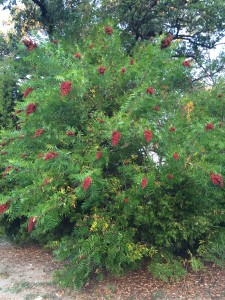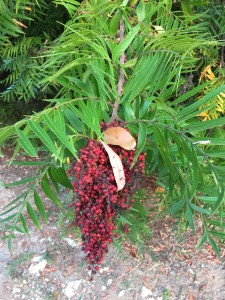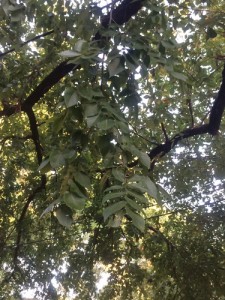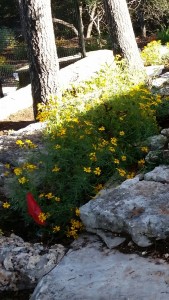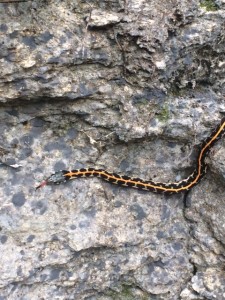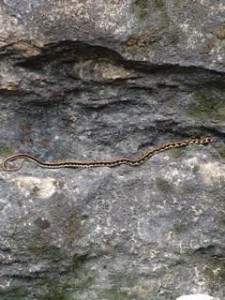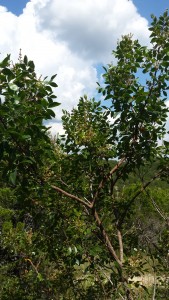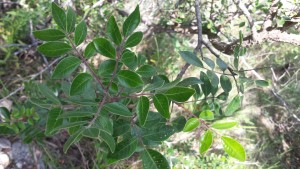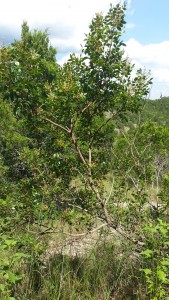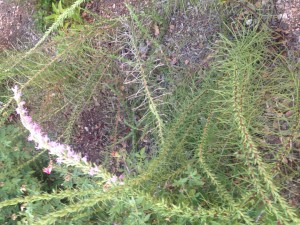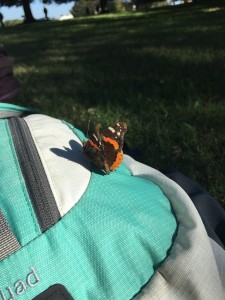This weekend’s cave-enturing brought me up close and personal with this adorable little cave cricket. A lot of humans consider them a pest because they tend to congregate in basements and laundry rooms, but those humans are literally wrong. Cave crickets are 100% harmless and I highly recommend letting them live their lives. The worst thing they could ever possibly do to you is jump at you, which is a tactic they use to scare perceived threats since they usually live their lives in the dark and can’t see very well.
I can’t identify the exact species, but these guys are just generally referred to by their family name Rhaphidophoridae. They belong to my favorite insect order Orthoptera, which includes the most delicious insects, like field crickets, grasshoppers, and locusts. I personally did not eat this cave cricket so no word on if they are as tasty as their fellow Orthopterans.
Cave crickets have some really fantastic nicknames, such as sprickets (spider crickets), land shrimp, camelback crickets, and in Japan, or toilet crickets.
The carbonaceous nature of the regional bedrock gives the Texas Hill Country its name. Water moves through and breaks down carbonaceous rock easily and creates the hills, caves, cliffs, aquifers, and springs of this lush region. Because caves are such delicate and isolated systems, their health is one of the first to suffer when a region is compromised. Cave-dwelling critters are critical indicators of cave health. The presence of cave crickets, spiders, bats, and other creepy-crawlies may frighten most, but are a joyful sight to cavers and researchers because they indicate a lively cave ecosystem.
My iNaturalist observation can be found here.


